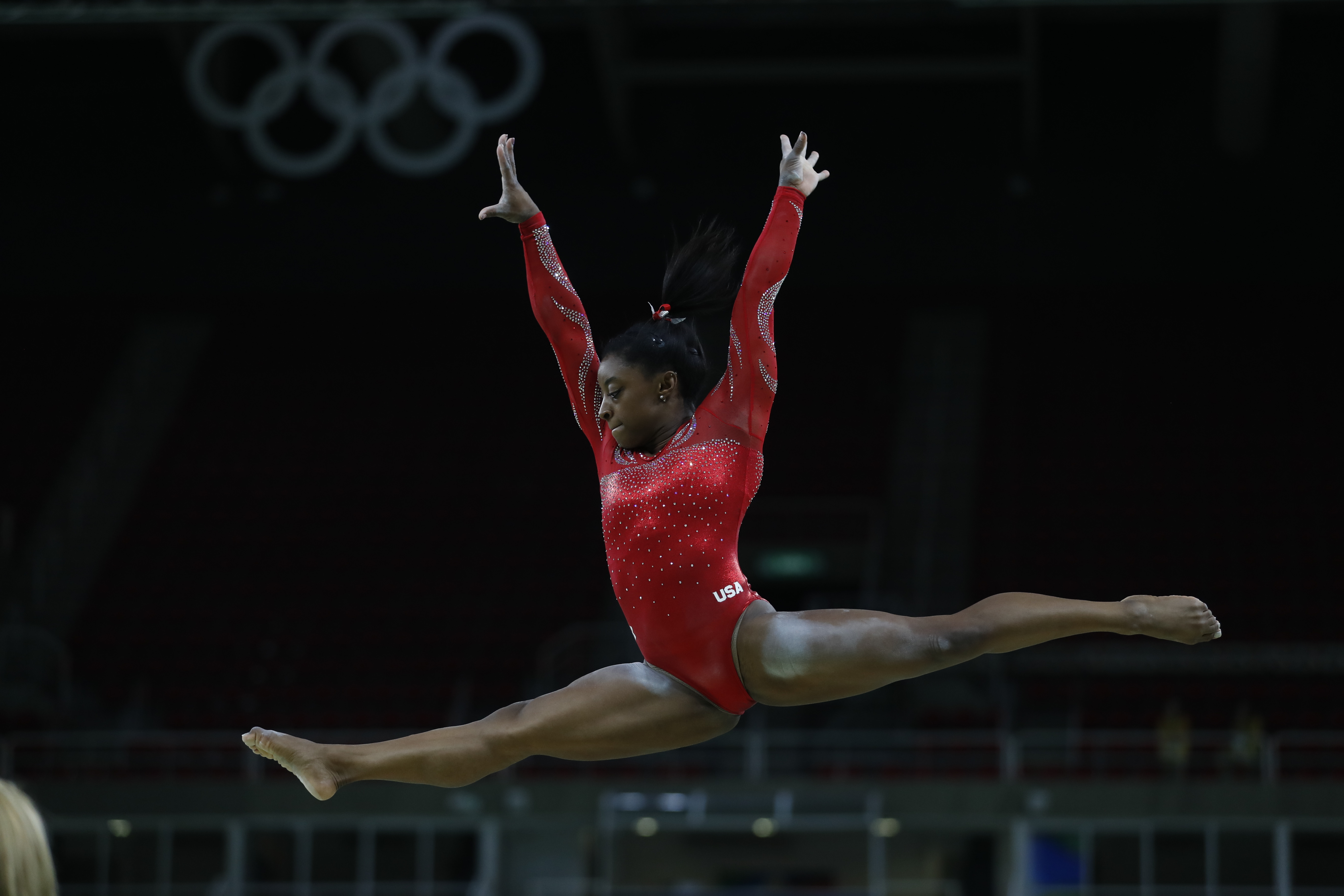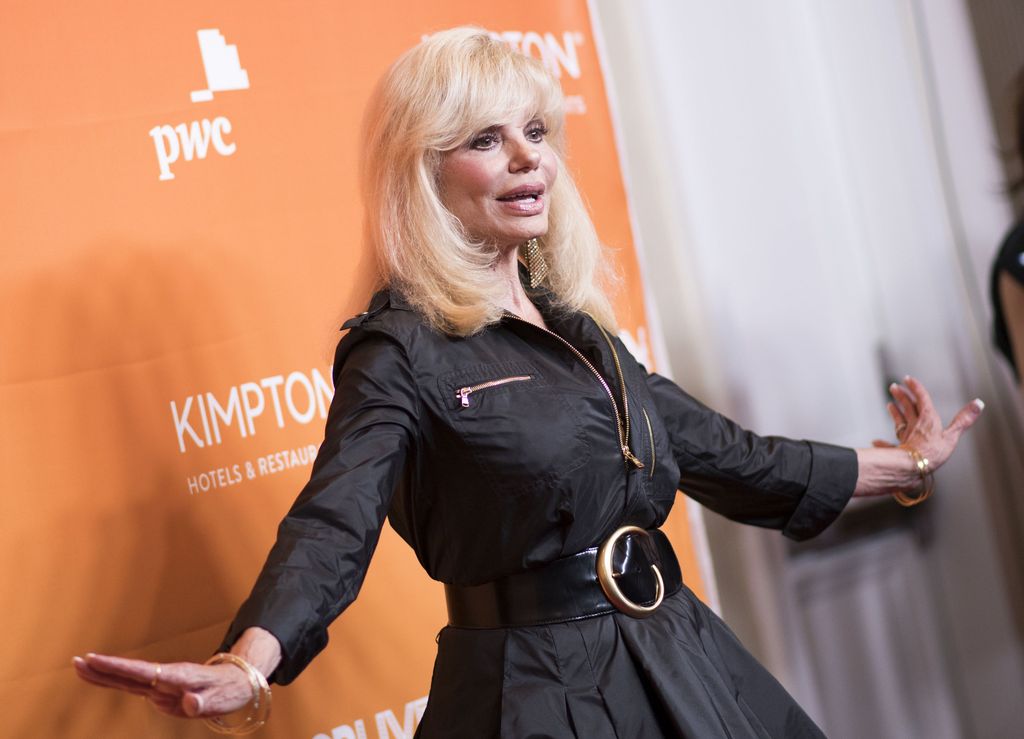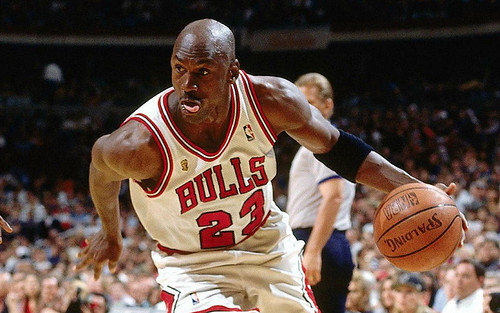
Michael Jordan. The name alone conjures images of unparalleled greatness, gravity-defying dunks, and championship glory. He is, by many accounts, the undisputed greatest player to ever grace the hardwood, a global icon who transcended the game of basketball and became a cultural phenomenon. His unparalleled drive, determination, and competitive fire are legendary, inspiring countless individuals and cementing his place in sports history.
Yet, behind the flawless veneer of “His Airness” lies a more complex and, at times, startling reality. While the jingles, movies, and highlight reels often paint a picture of a perfect athlete, the truth of Jordan’s journey, particularly within the sanctity of the locker room, is far more nuanced. It’s a narrative rich with unexpected turns, intense confrontations, and moments that challenge the carefully constructed myth of perfection.
In this in-depth exploration, we’re pulling back the curtain on some of the most shocking and lesser-known truths about Michael Jordan, focusing on incidents that transpired in or around the locker room, and his relationships with those closest to him on the court. Prepare to delve into the captivating intricacies of a legend, exploring stories that reveal the very human side of an icon and offering a fresh perspective on what truly made MJ tick.
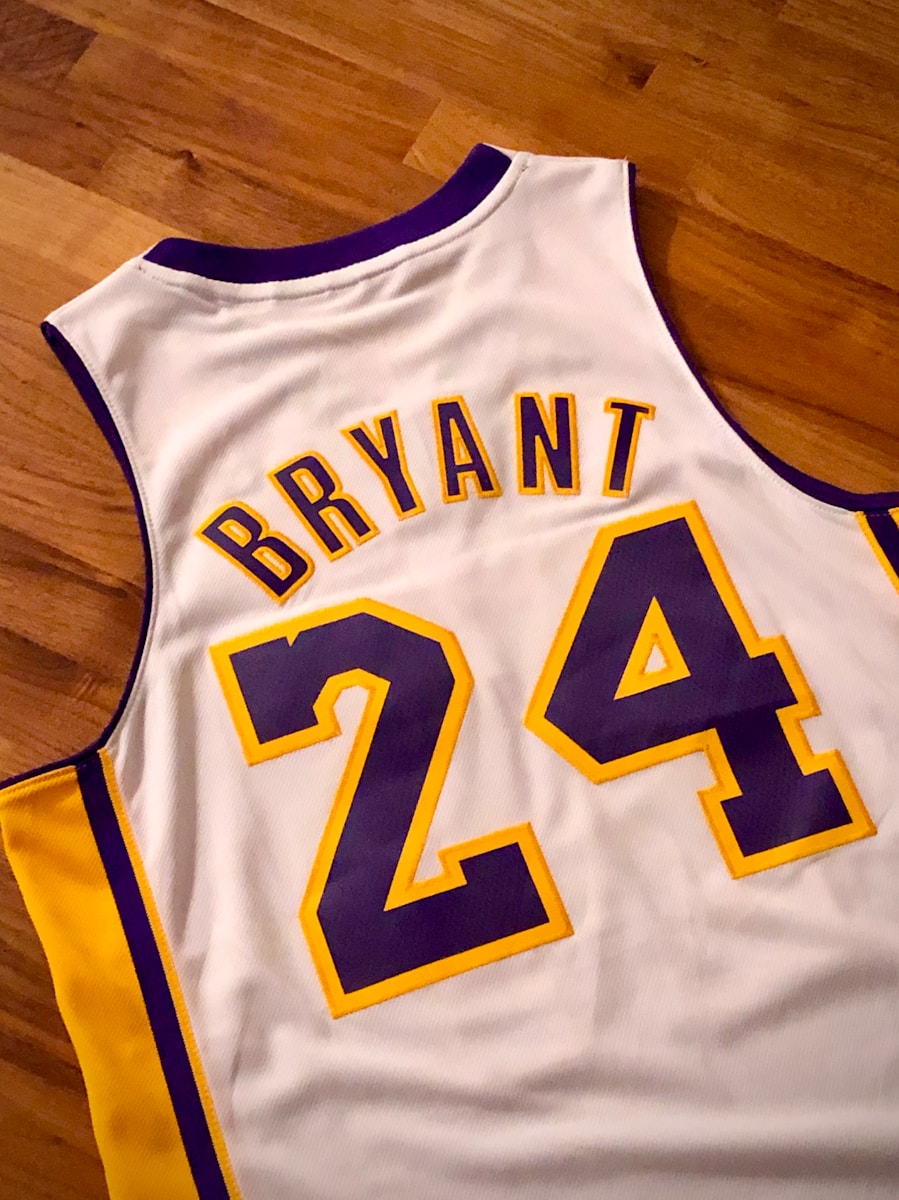
1. **The Mysterious Stolen Jersey of February 1990**Imagine stepping onto the court, prepared for battle, only to discover your iconic jersey—your lucky charm, your identity—has vanished into thin air. This unimaginable scenario became a bewildering reality for Michael Jordan on February 14th, 1990, during a pivotal game against the Orlando Magic. It wasn’t just any jersey; it was the revered number ’23’, a symbol of his burgeoning dominance and a beacon for fans worldwide. The sheer audacity of the act, right before a major game, speaks volumes about the chaotic energy that sometimes surrounded even the greatest stars.
According to reports from that fateful night, Jordan’s famous jersey was mysteriously stolen right before the game. The sudden disappearance left everyone perplexed and His Airness absolutely furious. With no time to recover the missing uniform, Jordan was forced to improvise, donning a practice jersey that bore the unfamiliar number ’12’. To this day, the exact circumstances surrounding this baffling theft remain shrouded in mystery; neither Jordan nor the Bulls organization could ever definitively figure out how such an unprecedented incident occurred, adding another layer to the enigma.
Despite the disorienting change and the palpable frustration, Jordan, ever the competitor, refused to let the incident derail his performance. He proceeded to unleash a dazzling display of skill, dropping an impressive 49 points and grabbing 7 rebounds. However, even Jordan’s individual brilliance couldn’t overcome the disruption, as the Bulls surprisingly lost to the Magic by 6 points, adding insult to injury on an already bizarre evening.
Disappointment and frustration simmered beneath Jordan’s competitive exterior after the unexpected loss. He was so visibly upset that he even refused to sign autographs for fans, a rare display of his inner turmoil. This episode stands as one of the NBA’s most uncanny events, a testament to the fact that even legends are susceptible to bizarre, inexplicable circumstances, especially when a random stranger seemingly had access to the team’s inner sanctum.
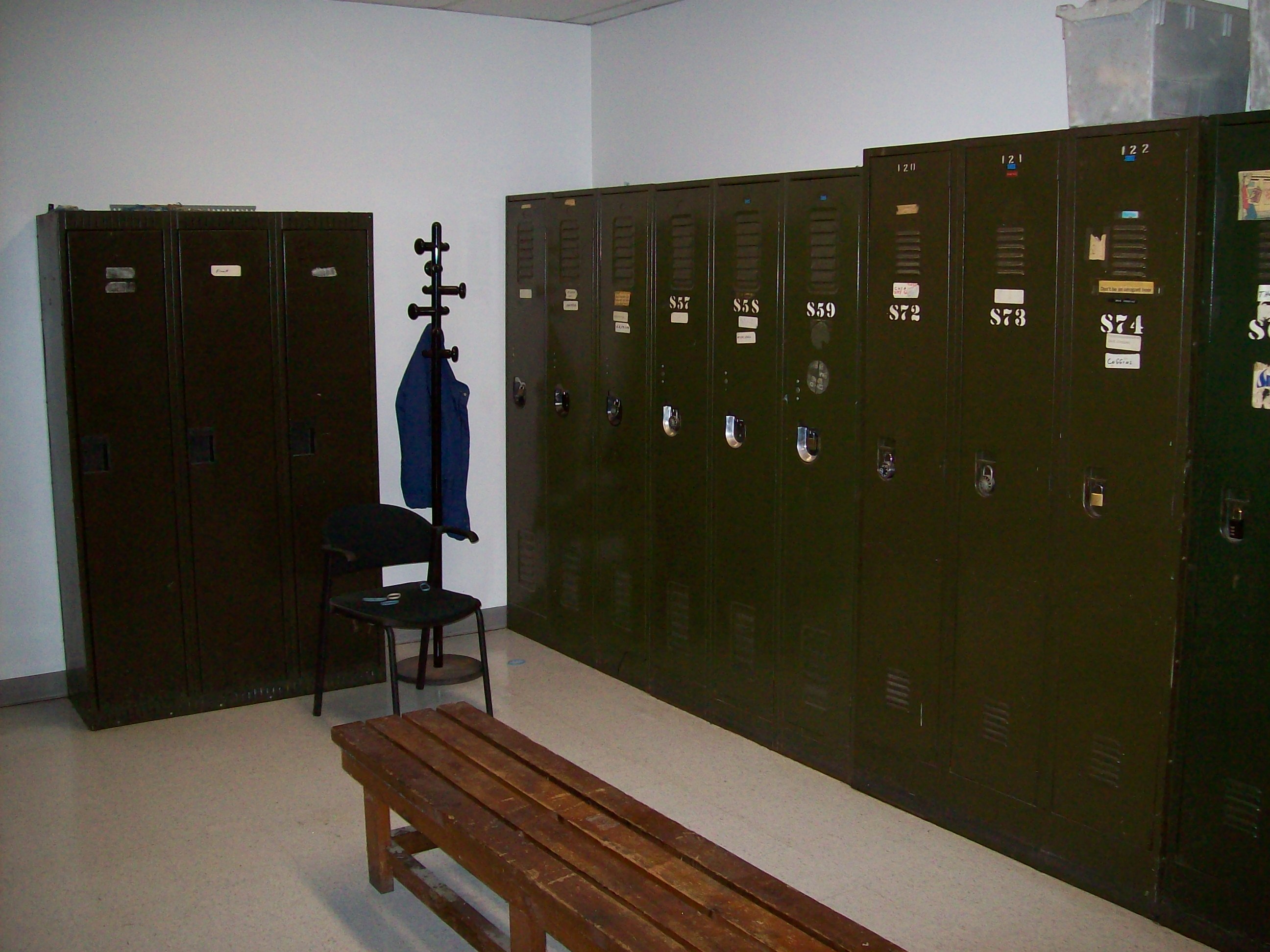
2. **The Debunked Bullets Locker Room Confrontation**Michael Jordan’s legendary trash-talking escapades are as much a part of his mythos as his fadeaway jumper. Stories of his psychological warfare, from taunting Muggsy Bogues to bantering with President Bill Clinton on the golf course, are ingrained in NBA lore. When it comes to intense on-court verbal battles, only a select few like Kobe Bryant, Kevin Garnett, and Gary Payton truly rivaled Jordan in the art of intimidation and mind games.
One such widely circulated story, perpetuated throughout NBA media for years, paints a vivid picture of Jordan’s audacious confidence. It alleges that during a 1997 Playoff series against the Washington Bullets, after lighting up the DC-based squad for 55 points in Game 2, Jordan walked into the Bullets’ locker room, cigar in hand, and famously asked, “Who’s checking me tonight?” It’s a tale that perfectly encapsulates the image of an invincible, swaggering superstar.
However, the enduring power of this narrative was recently challenged and, ultimately, debunked. Rod Strickland, a point guard on that very Bullets team, took to Twitter to firmly deny the entire account. He stated unequivocally that the incident never happened, insinuating that Michael Jordan never entered their locker room to deliver such a provocative question. Strickland’s direct rebuttal casts significant doubt on a story that many had accepted as gospel for decades.
Further compounding the skepticism are the numerous inconsistencies surrounding the anecdote. Various versions of the story exist, even from individuals like Chris Webber, who offered two different accounts: one placing Jordan near his Ferrari smoking a cigar, and another within the Bullets locker room itself. These discrepancies, coupled with the fact that Jordan himself has never publicly confirmed or commented on the alleged incident, underscore the importance of discerning fact from embellished folklore, even when it involves our most cherished sports heroes.
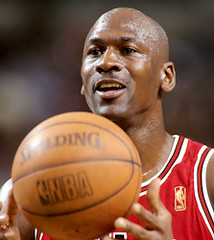
3. **The Myth of the “Model Teammate”: Confrontation with Bill Cartwright**The prevailing public perception often casts Michael Jordan as the quintessential model teammate, a leader who tirelessly worked to build up those around him and extract their absolute best. This narrative suggests an athlete who fostered camaraderie and elevated team performance through sheer inspiration. However, a closer look at his interactions, particularly within the high-pressure environment of the locker room, reveals a far more complex and, at times, abrasive reality. The truth, as recounted by those who were there, suggests that this common perception couldn’t be further from the truth.
One particularly telling incident involved veteran center Bill Cartwright. On a night where Cartwright was reportedly struggling, Jordan, instead of offering encouragement, resorted to aggressive tactics. He began “riding Bill Cartwright on a particularly bad night,” choosing to openly embarrass him in front of the entire team in the locker room. This was not the subtle push of a leader; it was a public shaming designed to belittle rather than uplift, revealing a facet of Jordan’s competitiveness that bordered on cruel.
Cartwright, a seasoned professional who had seen his share of locker room dynamics, was not one to back down. After the team interaction, he pulled Jordan aside for a direct and chilling confrontation. “Look,” Cartwright reportedly stated, “if you ever do anything like that again, you will never play basketball again because I will break both of your legs.” This stark threat, delivered by a teammate, offers a powerful glimpse into the intense and often fraught relationships that existed beneath the surface of the Bulls’ dynastic success, a story rarely told amidst the celebratory narratives.
This incident vividly illustrates that Jordan’s drive to win sometimes manifested in deeply personal and antagonistic ways. His belief that he alone knew the path to victory often led him to alienate or disrespect teammates he felt weren’t meeting his impossibly high standards. Such moments reveal a more human, flawed Jordan, whose unwavering pursuit of excellence sometimes overshadowed his capacity for empathetic leadership.
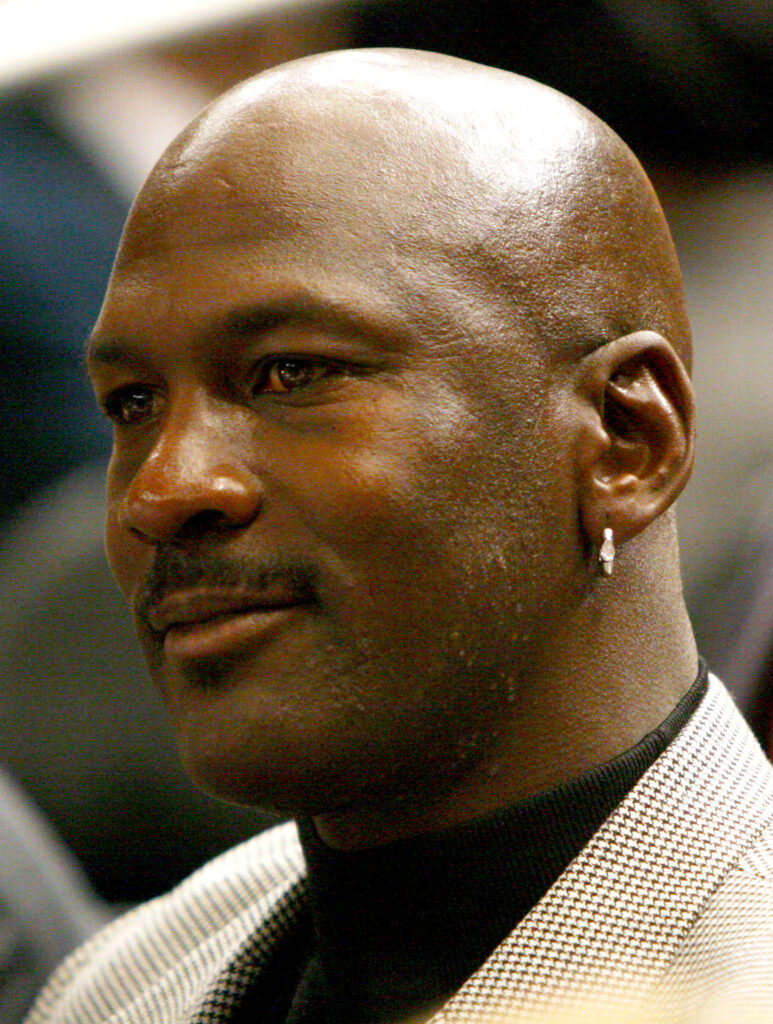
4. **Physical Altercations: Punching Will Perdue**Jordan’s intensity wasn’t always confined to verbal jabs or locker room critiques; it occasionally escalated into physical confrontations with his own teammates. The idea of the face of the league, the undisputed superstar, resorting to violence against those who shared the court and the uniform, is indeed shocking. Yet, accounts from within the Bulls organization confirm that such incidents did occur, peeling back another layer of the polished legend.
One notable altercation involved Will Perdue, a fellow Bulls player. The incident unfolded during a routine practice session. Perdue, in what was described as simply playing hard, laid a screen on Jordan that was perhaps harder than His Airness preferred. In the competitive crucible of a Bulls practice, where every drill was approached with game-level intensity, such physicality might seem expected. However, for Jordan, it was an offense.
Jordan was reportedly infuriated by Perdue’s aggressive play. His temper flared, and instead of a heated exchange of words, he felt it necessary to respond with a physical act. Accounts state that Jordan, overcome with rage, proceeded to punch Perdue in the face. Yes, you read that right – an actual punch to the face from the team’s biggest star to a teammate during practice. It’s an image that starkly contrasts with the revered public persona of basketball’s greatest.
Consider the immediate and lasting backlash if a similar incident were to unfold today with current NBA superstars. Imagine LeBron James punching a teammate like Zydrunas Ilgauskas, or Kobe Bryant striking Pau Gasol over a hard screen. The media frenzy and public outrage would be immense, leading to widespread condemnation and calls for severe repercussions. The fact that Jordan’s similar actions have largely been overlooked or excused speaks volumes about the unique reverence he commands and the distinct era in which he played.
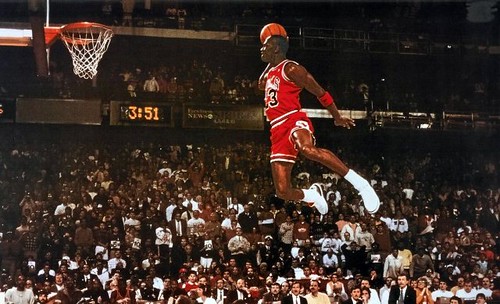
5. **Physical Altercations: Punching Steve Kerr**The incident with Will Perdue, while startling, was not an isolated event. Michael Jordan, in his relentless pursuit of perfection and his unyielding competitive nature, found himself in yet another physical confrontation with a teammate – this time, the future coach and now highly respected Steve Kerr. To physically attack his own teammates, not once, but twice, paints a complex picture of a man driven by an almost unbearable internal fire.
This particular altercation had roots in a broader team disagreement regarding the Collective Bargaining Agreement (CBA). Steve Kerr, known for his intelligence and leadership, was a Players Union leader, advocating for certain positions. Jordan, on the other hand, held a different, more confrontational stance, even expressing a desire to dissolve the Union entirely. These differing opinions led to many heated discussions and a palpable tension between the two, an underlying friction in the otherwise harmonious image of the championship Bulls.
The simmering disagreements boiled over during a practice session. Kerr was tasked with guarding Jordan, and he reportedly played tough defense – perhaps too tough for Jordan’s demanding standards. In that moment of intense competition and underlying friction, Jordan felt what was described as an “irresistible urge to punch Steve in the face.” And, with characteristic intensity, he followed through, striking his teammate.
The aftermath of such an incident in today’s NBA would be unimaginable. Any contemporary star, be it Kevin Durant or Giannis Antetokounmpo, physically assaulting a teammate would face immediate and severe consequences, not to mention a media firestorm that would redefine their public image. Yet, Jordan’s reputation, somehow, often gets a pass. These incidents underscore that the narrative of Jordan as a flawless icon often overlooks the intense, often brutal, realities of his drive and the challenging dynamics he fostered within the locker room.
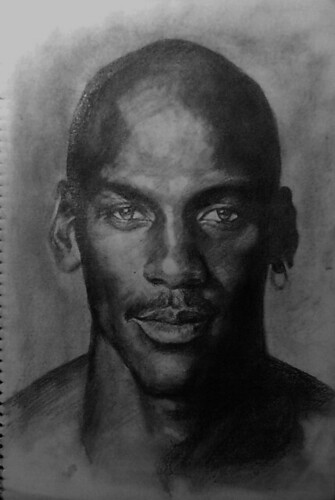
6. **The Human Side of an Icon: Unexpected Locker Room Requests**Amidst the stories of fierce competitiveness, intense demands, and even physical altercations, there are also glimpses of a more human, approachable Michael Jordan, especially within the confines of the locker room. In a scene that has been etched into sports lore, a single encounter in the revered Chicago Bulls locker room revealed a side of Michael Jordan seldom seen on the court. Here, amid the roar of anticipation and the echo of basketball greatness, the legendary figure embraced the unexpected, transforming a routine meeting into a testament to the human side of an icon.
Within those hallowed walls, where the confidence and skill of champions once ruled, Michael Jordan faced a personal request that disrupted the expected order. Known for his formidable presence on the hardwood, he demonstrated that even legends are approachable when confronted with genuine admiration. The encounter was marked by an atmosphere of respectful deference, yet it carried an undercurrent of spontaneity that reshaped the narrative of hero worship.
The narrative unfolds to reveal that, despite the aura of perfection surrounding his career, Michael Jordan’s response resonated deeply with those present. This encounter was not merely a moment of acknowledgment but an exchange that underscored the shared human connection between an idol and his fans. In bridging the gap between the myth and the man, Jordan illuminated how legends, too, are bound by the unpredictability of emotions and the power of genuine interaction.
While numbers and accolades define much of his career, it was the quality of these human moments that affirmed Jordan’s lasting impact on basketball and culture alike. His willingness to adapt to the unexpected served as a reminder that the deepest impressions are often not recorded in statistics but in the shared moments that inspire future generations. Such experiences contribute to the broader tapestry of sports history, where the intersections of discipline and spontaneity create the essence of what it means to be a legend.
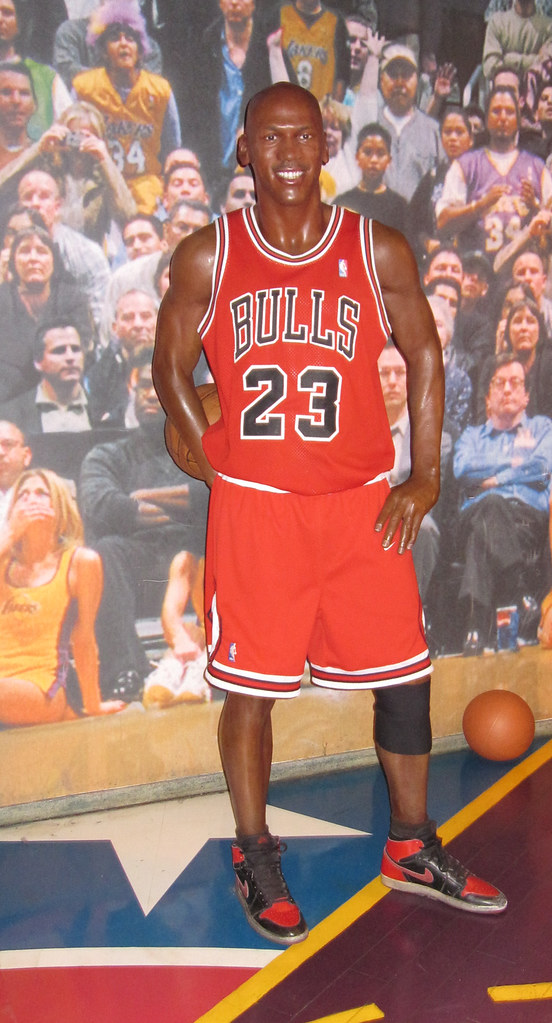
7. **The Myth of Unbeatable Jordan in His Prime**For many, Michael Jordan’s career is synonymous with invincibility, a narrative often amplified in online forums and commentary sections where some fans portray him as literally unbeatable. This perception suggests a player who effortlessly dominated every game, a superhero on the court whose team consistently achieved landslide victories. Such zealous assertions, however, often stretch far beyond reality, failing to acknowledge the true trajectory of his journey to championship glory.
A common defense leveraged by Jordan loyalists when comparing him to modern superstars is the assertion that he competed in a “better era,” citing the presence of legends like Magic Johnson, Kareem Abdul-Jabbar, Larry Bird, and Isiah Thomas. While it is undeniable that Jordan shared the league with these titans, the prevailing narrative often overlooks a critical detail: he never actually *beat* these players at the zenith of their powers. The true “golden age” of the NBA, as many attest, was the 1980s, precisely when these aforementioned stars were at their absolute peak.
Examining Jordan’s playoff record during this supposed “golden age” reveals a stark reality. His early years were marked by repeated postseason disappointments against the very players lauded as the era’s best. In the 1984-85 season, his Bulls suffered a First Round Loss to the Milwaukee Bucks (3-1). The following two seasons, 1985-86 and 1986-87, saw him swept in the First Round by the Boston Celtics. His struggles continued against the formidable Detroit Pistons, losing in the Second Round in 1987-88 (4-1) and 1988-89 (4-2), before finally falling to them in the Eastern Conference Finals in 1989-90 (4-3).
It was only *after* the undeniable golden age of the 80s, when these formidable rivals were either older, injured, or past their prime, that Jordan was finally able to assert his dominance and take over the league. The incessant refrain that “Jordan would find a way to win” often leaves one to wonder why, if this were universally true, he didn’t manage to find that way sooner when pitted against the absolute best competition the NBA had to offer at their physical and strategic peaks. This truth paints a more measured picture of his path to unparalleled success.
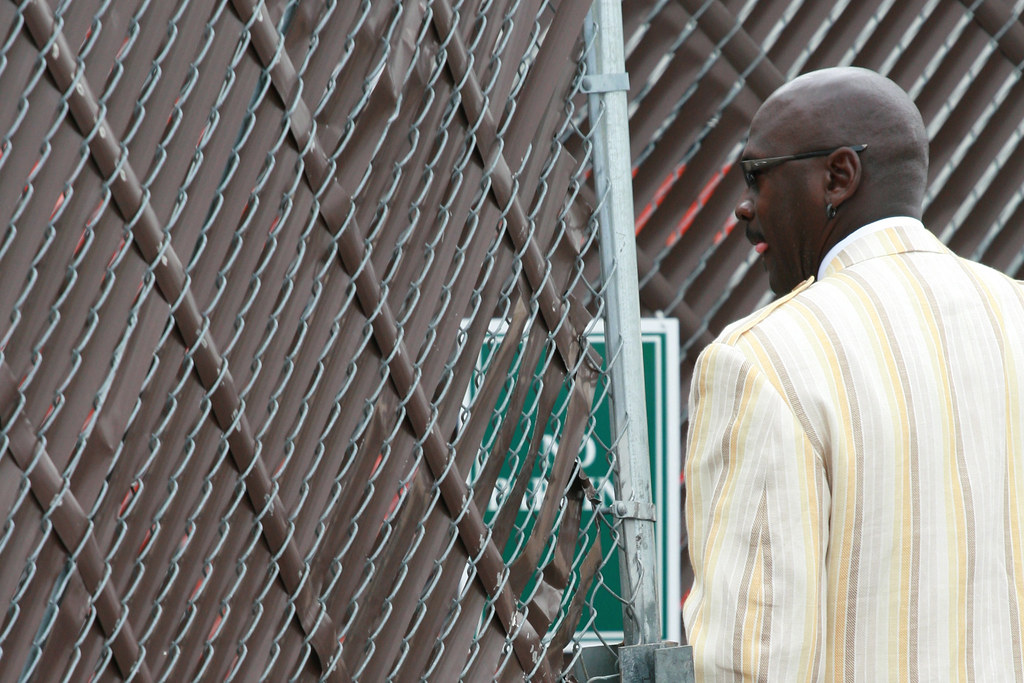
8. **Jordan’s Personal Struggles: Gambling and Relationships**Beyond his on-court heroics and competitive fire, Michael Jordan also grappled with a significant array of off-court problems and personal issues that often remained shielded from the public eye. While the focus is frequently on his athletic achievements, his personal life presented challenges that profoundly impacted him and those around him, revealing a more human, and at times, deeply flawed individual behind the iconic smile.
Prominently among these personal struggles was Jordan’s notoriously expensive gambling habit. This wasn’t merely a casual pastime; at one point, his gambling debts reportedly ran into the millions of dollars. The severity of this issue was such that in 2005, Jordan himself addressed it directly in an interview with Ed Bradley on CBS’s 60 Minutes. During this candid conversation, he admitted to making “reckless decisions,” stating, “Yeah, I’ve gotten myself into situations where I would not walk away and I’ve pushed the envelope. Is that compulsive? Yeah, it depends on how you look at it. If you’re willing to jeopardize your livelihood and your family, then yeah.” This powerful admission underscores the serious and potentially destructive nature of his habit.
Another lesser-known aspect of Jordan’s personal life is his reputation as a womanizer. This behavior reportedly escalated to a point that it contributed to the dissolution of his marriage. After 17 years and three children, his wife ultimately divorced him, a settlement that notably cost Jordan a staggering $168 million, which stands as one of the most expensive divorces in history. These personal failings paint a picture far removed from the idealized family man often associated with public figures of his stature.
Furthermore, Jordan’s competitive nature sometimes extended into petty and vindictive territory. His Hall of Fame induction speech was criticized for its perceived pettiness, and perhaps more significantly, he famously conspired to keep Isiah Thomas off the 1992 Dream Team. The motive? A deep-seated grudge stemming from the Detroit Pistons’ repeated denials of his championship aspirations in the 1980s. These incidents collectively illustrate that Michael Jordan, despite his legendary status, was anything but the perfect role model that some have tirelessly sought to portray.
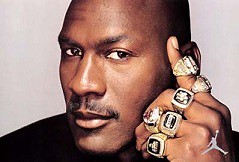
9. **Debunking the Solo Hero: Jordan’s Crucial Teammate Support**There is no denying Michael Jordan’s unparalleled talent as a basketball player; he remains, in many eyes, the greatest to ever grace the game. His dominance of the 1990s, coupled with his excellence on both ends of the floor, cemented his legacy as a truly remarkable athlete. Yet, the popular narrative frequently suggests that Jordan achieved his six championships almost entirely by himself, with his teammates relegated to mere footnotes in his epic tale of individual glory. This perspective significantly diminishes the vital contributions of those who played alongside him.
While Jordan was an extraordinary individual defender, a closer examination of the Bulls’ dynasty, particularly during their second three-peat, reveals that he was arguably only the third-best defender on his own team. That distinction more fittingly belonged to Dennis Rodman and Scottie Pippen, both perennial All-NBA defensive talents. Jordan’s role often involved guarding the third offensive option on opposing teams, a strategic deployment that allowed him to conserve a significant amount of energy, which he then unleashed on the offensive end of the court.
It was this crucial balance and the formidable defensive prowess of his teammates that truly enabled the Bulls’ historic runs. The combined defensive genius of the ALL-NBA defender Pippen and the pound-for-pound best rebounder of all time, Rodman, created a suffocating defensive unit that allowed Jordan the freedom to excel offensively. Their tireless efforts and specialized skills were instrumental in forming the impenetrable backbone of a team that achieved an incredible 72-10 record, a feat often solely attributed to Jordan’s singular brilliance.
The widespread narrative that these pivotal teammates were “mere role players” who simply “happened to be on the roster” while Jordan single-handedly clinched titles in the 90s is not only inaccurate but deeply unfair. While some players might fit the “role player” description, many, particularly Pippen and Rodman, demonstrably did not. The undeniable truth, often overlooked in the mythology, is that Michael Jordan had profound and indispensable help in achieving his legendary status, underscoring that basketball remains, at its core, a team sport.
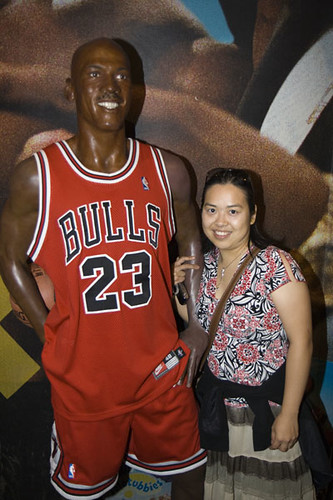
10. **The Uncomfortable Star: Michael vs. “Air Jordan”**Amidst the stories of Jordan’s relentless competitiveness and sometimes challenging locker room demeanor, an intriguing perspective emerges from those closest to him, particularly from former teammate BJ Armstrong. Armstrong, who spent six memorable seasons alongside Jordan, offers a unique insight into how Jordan himself perceived and managed his own superstar persona, often distinguishing between “Michael the person” and “Air Jordan” the global icon.
Armstrong observed that Jordan’s ambition extended far beyond simply winning championships and collecting accolades. It was about an unwavering commitment to becoming the best version of himself, both on and off the court. However, despite the immense popularity and constant spotlight that followed him, Armstrong revealed that Mike consistently “shied away from embracing the fame that came with being a superstar.” He maintained a remarkable humility, ensuring that his teammates never felt inferior or as if he were elevated onto a pedestal far above them.
According to Armstrong, as he detailed in a piece for Sky Sports in 2022, Jordan “wasn’t fully comfortable being a star” and felt he “had to create something which allowed him to cope with it”—referring to the larger-than-life “Air Jordan” character. Armstrong further speculated, “I don’t ever think it’s occurred to him to say, ‘I’m playing the game so I can be this transcendent superstar.’ It was more like something that he knew he had to tolerate and put up with.” This suggests that the fame was a necessary byproduct, rather than the primary motivation, for his pursuit of excellence.
Crucially, Armstrong emphasized a profound separation Jordan maintained: “he never ever allowed Air Jordan to enter into the locker room or a conversation.” This meant that within the intimate confines of the team’s inner sanctum, Jordan consciously shed the persona of the global icon. He fostered an environment where teammates interacted with Michael, the determined basketball player, rather than the untouchable brand, allowing for a level of unity and focus that was critical to the team’s success.
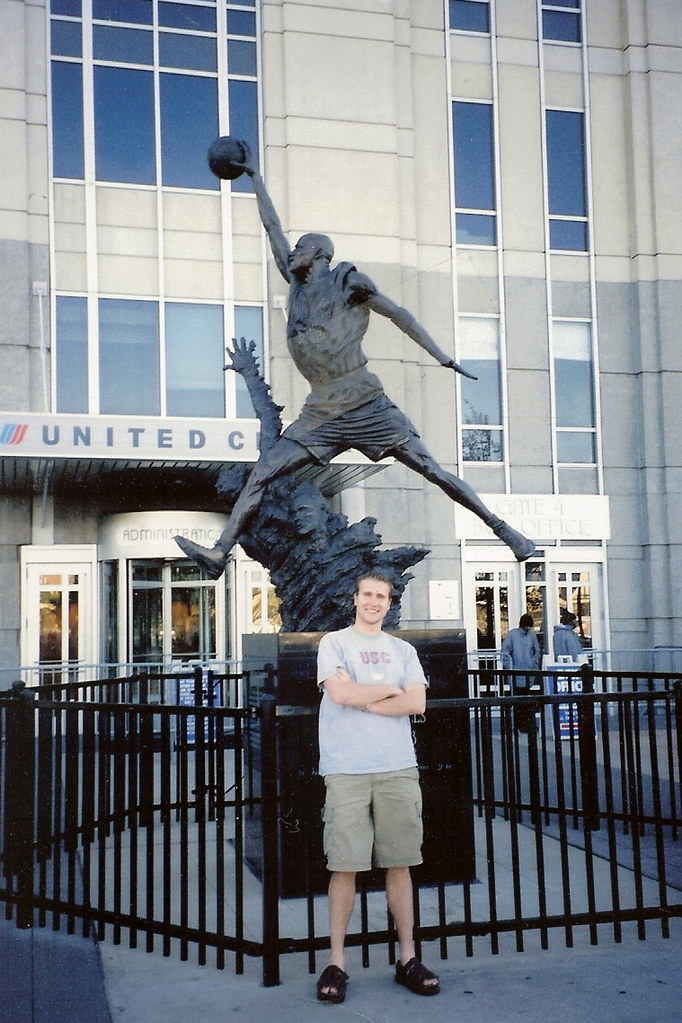
11. **Two Worlds: Michael the Person vs. Air Jordan the Icon**Expanding on BJ Armstrong’s unique insights, it becomes clear that Michael Jordan’s perception of his own superstardom differed markedly from that of many other elite NBA players. Unlike those who might revel in the glow of their popularity and personal glory, Jordan viewed his status and his brand through a distinctly pragmatic lens. For him, being a global icon wasn’t primarily about personal validation or financial success; instead, he saw his brand and public image as integral components of his responsibilities as a professional athlete.
Armstrong highlighted that Jordan approached his stature with a profound sense of duty. He believed that projecting a strong public persona—the “Air Jordan” figure—was essential, not for his own ego, but for the millions of fans who admired him and the Chicago Bulls organization that supported him. By consciously separating his public image from his personal identity, Jordan was able to maintain a level of authenticity. This allowed him to remain grounded and intensely focused on what truly mattered: his unparalleled performance on the court and his unwavering commitment to winning championships.
This crucial distinction profoundly impacted his relationships with teammates. Armstrong reflected that the players on the Bulls’ first three-peat teams had the privilege of getting to know “Michael, the person.” They built genuine connections and understood the man behind the myth because Jordan allowed that personal side to emerge within the team’s environment during those foundational years. This fostered a deeper sense of camaraderie and collective purpose, vital for forging a dynasty.
However, the dynamic reportedly shifted by the time of the Bulls’ second three-peat. Armstrong noted that the “new guys” joining the team later in Jordan’s career never truly got to know “Michael the person.” They only knew the “Air Jordan character,” the biggest name in sports. As Jordan “jumped in and started playing,” the opportunity to develop those deeper, personal relationships was diminished. This created a different locker room atmosphere, one where Scottie Pippen, recognizing this subtle but significant shift, reportedly “knew that and knew he had to manage the other guys” who were interacting more with the icon than the individual.
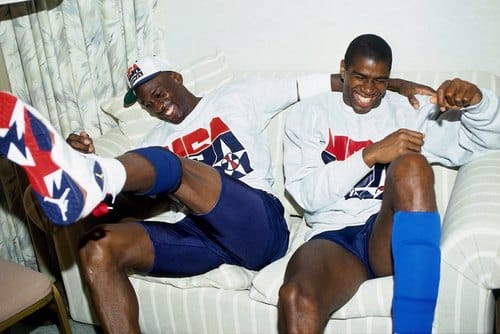
12. **Pippen’s Candid Take: Jordan’s Flawed Leadership Style**While Michael Jordan’s competitive drive and desire to win are universally acclaimed, his leadership style, particularly within the confines of the locker room, has not always been viewed through an uncritical lens. One of the most telling insights comes from his most trusted teammate, Scottie Pippen, whose candid reflections offer a powerful counter-narrative to the idealized image of Jordan as the perfect leader. Pippen’s perspective reveals a more complex truth about the internal dynamics that shaped the legendary Bulls dynasty.
In a striking statement, Scottie Pippen openly expressed his belief that “Michael was wrong” in certain aspects of his leadership. Even more significantly, Pippen asserted that he felt the Chicago Bulls actually won “in spite of Michael Jordan’s leadership style.” This is a profound admission, coming from the player who stood side-by-side with Jordan through six championship runs. It directly challenges the prevalent notion that Jordan’s often confrontational and demanding approach was universally beneficial or the sole catalyst for their success.
Pippen’s sentiment suggests that while Jordan’s intensity was undeniable, its manifestation sometimes bordered on counterproductive, creating friction rather than fostering cohesion. Rather than being solely uplifted by Jordan’s methods, teammates occasionally had to navigate or even overcome them. This perspective illuminates that the Bulls’ triumphs were not just a testament to Jordan’s individual genius, but also to the resilience, adaptability, and collective will of the entire team, which managed to thrive despite, and perhaps even in opposition to, some of Jordan’s more challenging leadership traits.
This revelation from Scottie Pippen provides a critical, insider’s view that humanizes Jordan further, peeling back yet another layer of the polished myth. It encourages a re-evaluation of how we perceive greatness, suggesting that even icons can possess leadership flaws, and that true team success is often a tapestry woven with diverse personalities and complex interactions. Jordan’s legacy is undeniably immense, but understanding these ‘shocking truths’ and the nuanced perspectives of those closest to him ultimately offers a more complete, authentic, and compelling picture of basketball’s greatest enigma.

